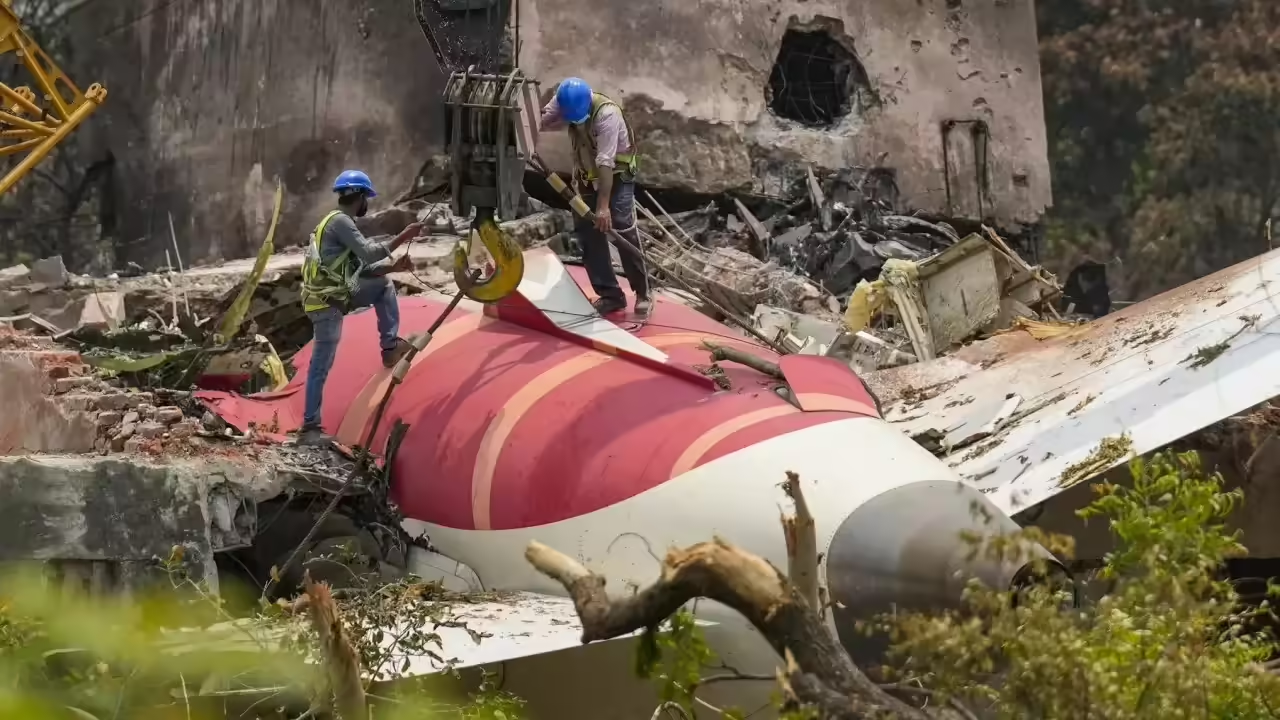Although technical issues with the aircraft or crew performance have been ruled out in the preliminary report on the recent Air India Express crash, a number of important questions remain, particularly with regard to cockpit communication, response procedures, and situational judgement in the last moments of the flight.
Released by India’s Aircraft Accident Investigation Bureau (AAIB), the early findings confirm the fuel system and engine functioned normally, and there were no immediate signs of mechanical failure or human error as per the standard checklist. Investigators have, however, identified critical data gaps and cockpit decision-making patterns.
The following are five urgent questions:
What specifically caused the abrupt drop in altitude?
Were procedures for communication and crew coordination appropriately followed?
Did any alarms sound, and if so, were they promptly attended to?
Were weather and visibility factors more critical than initially assumed?
Could the airport’s infrastructure have influenced the aircraft’s behavior?
The lack of definitive answers has only deepened public and industry concern. Aviation experts are now calling for a detailed CVR (Cockpit Voice Recorder) and FDR (Flight Data Recorder) analysis, as well as further simulation testing to recreate the chain of events.
Advocates for aviation safety and the victims’ families are calling for complete transparency as the probe moves forward. The next report is expected to delve deeper into human factors, crew psychology, and procedural adherence during the crash sequence.









